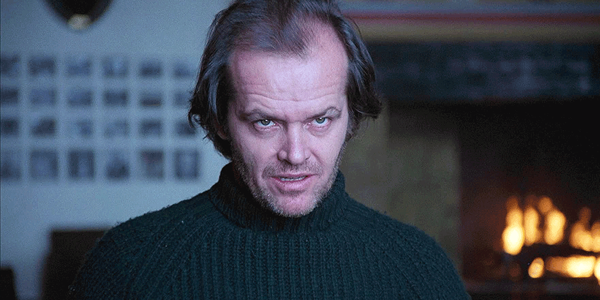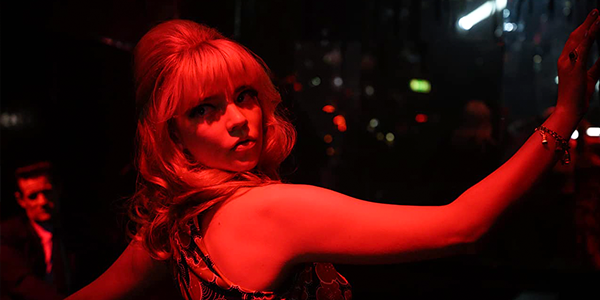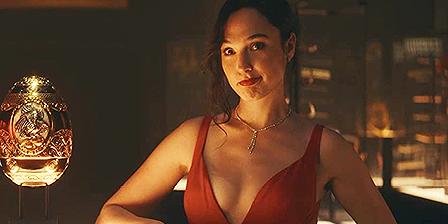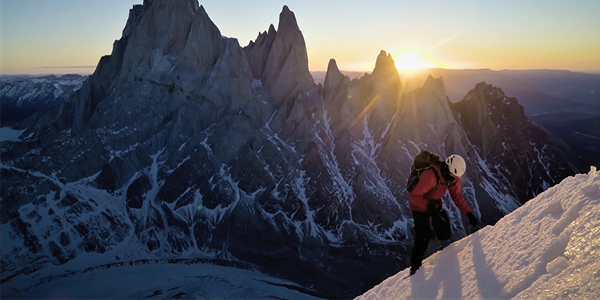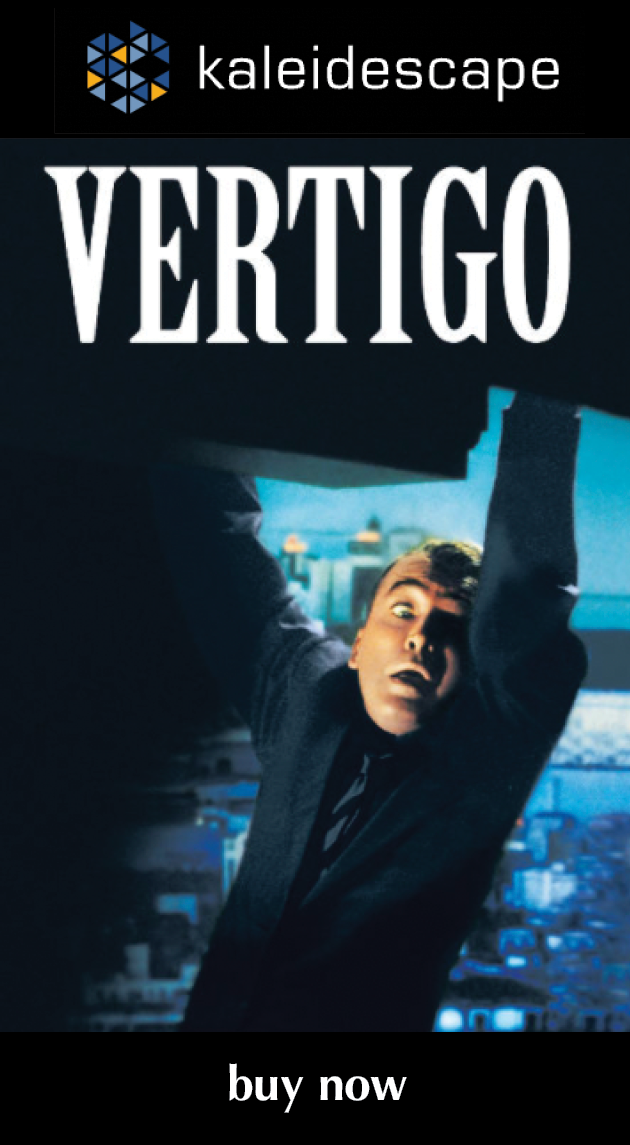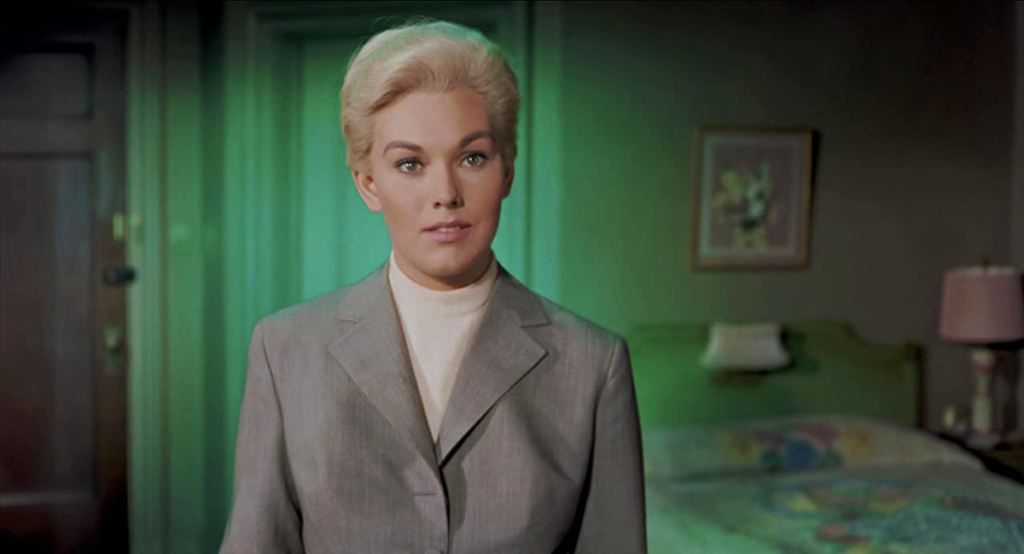
review | Vertigo
The Robert Harris restoration of one of Hitchcock’s best translates beautifully into 4K HDR
by Michael Gaughn
October 29, 2020
Lazy commentators on Hitchcock will tell you Vertigo is his best film like that’s the beginning and end of the discussion. I’ll allow that it’s one of his best—it’s definitely his most psychologically probing and, in its strange way, intimate—but I would also argue that both Strangers on a Train and Shadow of a Doubt deserve to be placed on that same top tier.
What is inarguable is that this is by far the best of the first round of Hitchcock films to receive the 4K HDR treatment. Whereas the releases of Rear Window and The Birds are merciless in exposing the flaws in both the original productions and the current state of the film elements, Vertigo is practically seamless in its presentation, gliding from image to image without any jarring technical distractions (with one exception, which I’ll discuss below). If you’re a Hitchcock fan, this is the 4K title to start with.
But it’s not necessarily the best place to start if you’re new to Hitchcock. Vertigo lacks most of the puckish little gimmicks he used to lure in the masses and, if you take it on its own terms, it’s a pretty disturbing tale of a damaged and fundamentally weak man completely gutted by his belief in the cultural tropes of the saint and the whore. And it can get especially unnerving when you realize that that man isn’t really Jimmy Stewart—who delivers an amazingly fearless portrayal of a pathologically vulnerable ex-detective—but Hitchcock himself.
Also, Hitchcock takes his time with the pacing, which won’t sit well with the jolt-a-minute immediate-gratification crowd. It’s a cliché to say Vertigo feels like a dream, but that doesn’t make it any less true. And there’s something about the tactile crispness of the images and the sumptuousness of the colors in this release that just enhances that impression. (But, ironically, given how nightmarish Hitchcock’s imagery can be, Vertigo notoriously contains one of the worst dream sequences ever.)
Seriously aiding that sense of being seduced into and then trapped within a dreamworld is Bernard Herrmann’s masterful score, probably his best. It’s something to be savored, and is especially well presented here, sounding both epic and intimate in its Wagnerian longing, with the orchestra not just some indiscriminate wash of sound but an assembly of individuals where you can feel the bows being drawn across the strings, the metallic resonance of the French horns, and the reedy, wooden resonance of the clarinets. For just one example among too many to name, watch the scenes of Stewart’s car drifting up and down the hills of San Francisco where the muted strings, like a siren’s call, subtly limn his character’s loosening grip on the objective world.
This is undoubtedly Robert Burks’ most accomplished work for Hitchcock, with one subtly, and sometimes strikingly, stunning image after another. Given that this is Hitchcock, there is some occasional overreaching, but you can’t really fault Burks for not being able to rise to an impossible challenge.
There’s one borderline moment where 4K HDR really comes through. The pivotal scene where Madeleine reborn emerges from the green mist in Judy’s shabby hotel room had always looked corny on previous home video releases, like she was stepping out of a time transporter in a ‘50s sci-fi film. But here, by hitting just the right note with the green tone—not just in this shot, but in the ones leading up to it—and by now being able to just see through the haze, you can experience for the first time outside of a movie theater exactly what Hitchcock was aiming for—and it works. It’s not just a clever effects shot but a deeply subjective portrayal of a man using another person to purge his demons and sensing himself on the verge of redemption.
Of course, a lot of the credit for the beauty of this 4K release goes to the 1996 restoration by Robert Harris and James Katz, who refurbished the film on 70mm to mimic its original VistaVision presentation. (I’m usually wary of extras, but it would have been useful if the Kaleidescape download had included something that put this somewhat controversial restoration in context since it’s so crucial to the film’s impact here.)
There is one glaring flaw, which I feel obliged to point out because I can see it’s going to be an issue with 4K releases of older films until someone finds a fix. The photo-backdrop cityscapes out Barbara Bel Geddes’, and to a lesser degree, Stewart’s apartment windows are unconvincing, and look so flat and static that they run the risk of pulling you out of the film. But that’s just not how they looked when Vertigo was shown in theaters.
This is the subject of an ongoing conversation between Gerard Alessandrini and me, and something he broached in his “When Restorations Go Wrong, Pt. 1.” These backdrops don’t stick out now not because people were more gullible back in the day. (In some ways, Studio Era audiences were far more sophisticated than today’s adrenalin junkies.) The cinematographers and production designers knew what they were doing and factored in the impact of images projected on a movie theater screen when they created these sets. But they couldn’t have anticipated what modern technology would do to their efforts. It’s kind of like seeing La Gioconda for the first time and only noticing the cracks in the paint.
Vertigo ranks up with The Shining as the best 4K HDR release of a catalog title I’ve seen to date. You not only get the benefit of experiencing Hitchcock at his best—you get to experience what greater resolution and a wider color gamut can do to restore the impact of an older film.
Michael Gaughn—The Absolute Sound, The Perfect Vision, Wideband, Stereo Review, Sound & Vision, The Rayva Roundtable, marketing, product design, some theater designs, a couple TV shows, some commercials, and now this.
© 2025 Cineluxe LLC


